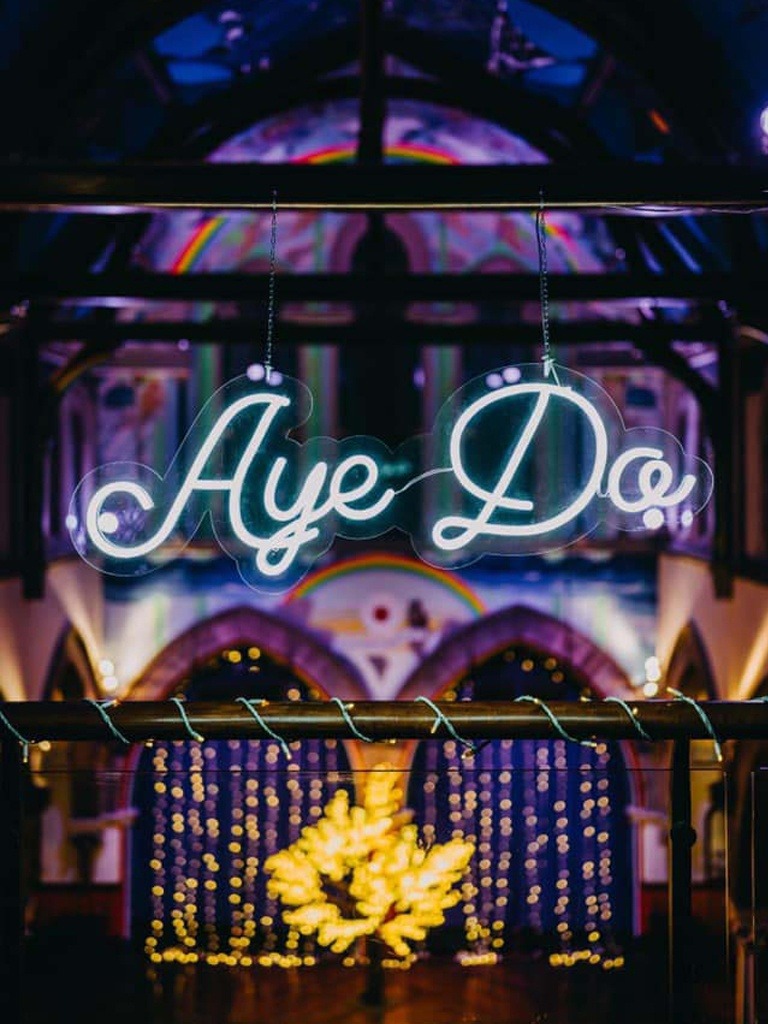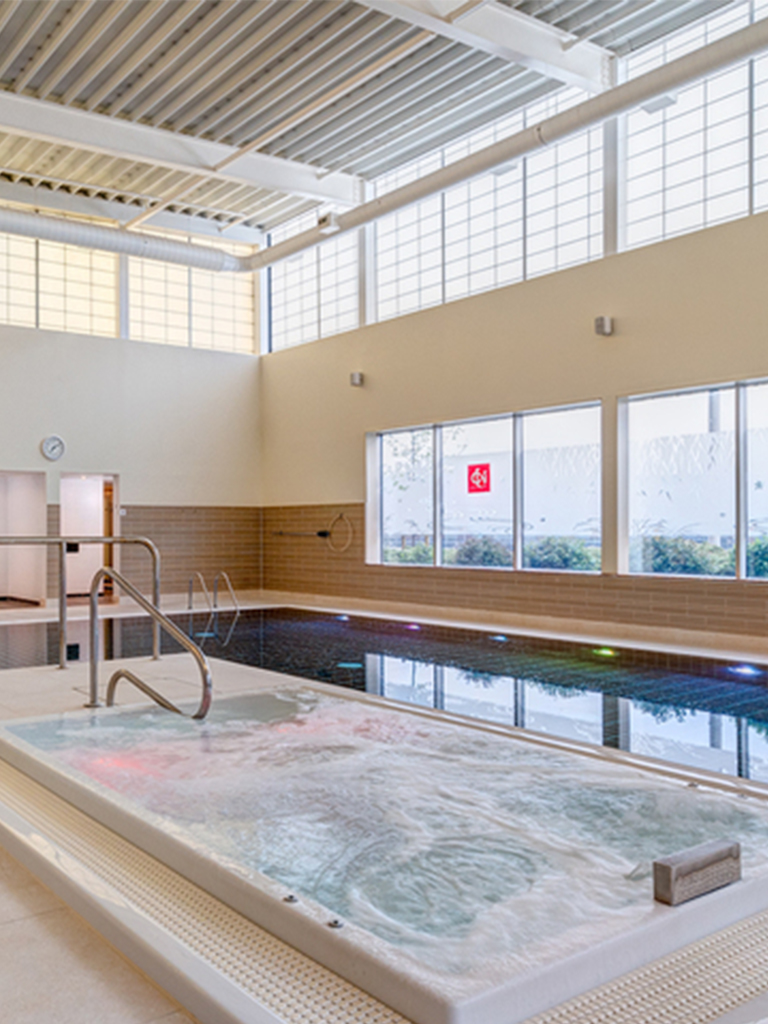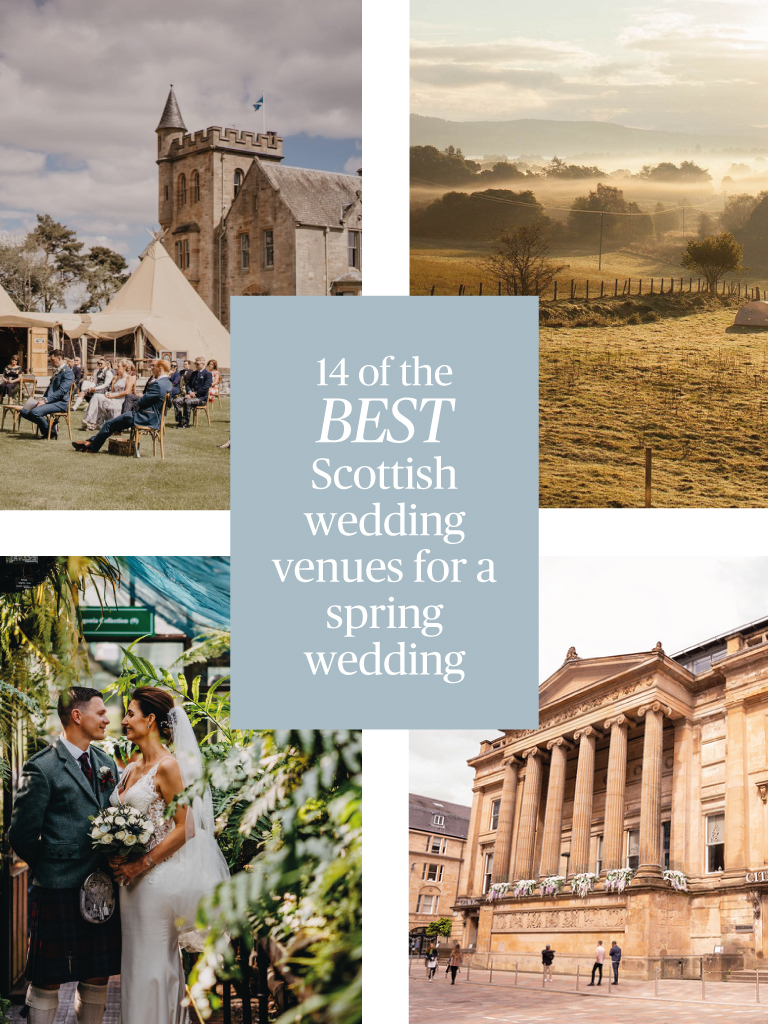
Ask the expert: Rachel of Rachel Scott Couture dissects wedding dress shapes – part 1
The world of wedding dresses can feel like a bit of a minefield to the uninitiated. All of a sudden you’re talking about crepes, toiles and the perfect fit and flare but what if you are struggling to understand the new vocab?
Our guest columnist Rachel of Rachel Scott Couture helps cut through all the complex wording to break down the different dress shapes on offer.
“It can certainly seem like a whole new world when you begin searching for your perfect wedding outfit, and on first impressions, I’m very aware that process can definitely also bring with it a whole new daunting vocabulary.
“There is such huge variation in the way different designers and retailers will work, as well as the terminology they use and indeed, how they choose to use it.
“First thing’s first – don’t panic!
“As a bride to be, your only job is to think about whether you’re loving what you’re trying on or not and to let me know.
“You don’t need to know all the terms of dress shapes, fabric types or the dress making process, you just need to recognise whether the dress you’re wearing makes you feel confident and is something you know you’ll feel totally at ease in on your wedding day.
“Sometimes the made-up words our brides use instead are so much more helpful (and definitely more fun) than the technically correct terms!
However, we also appreciate that sometimes a little knowledge can go a long way to potentially making the process a little less daunting.
“So, to get you started – let’s explore a few dress shape options…
Ballgown
Simply put – Go big or go home!
“Depending on the type of fabric used, the number of pleats incorporated into the waistband as well as the inner structure and number of underskirt layers used to give it a full form – you can choose to style this look towards romantic princess or couture tailored sculpture.
“Classically gliding over the dance floor with a mesmerising old school movie glamour or wildly jumping up and down the table tops surrounded by seemingly endless soft focus tulle playfulness – whatever personality you opt for, this shape is all about fullness in the skirt.
Examples include…
‘Monet’ by Suzanne Neville – “The heavyweight structure of the Zibeline fabric gives definition to the ballgown form, holding the structure and placing an emphasis on a dramatically sculpted silhouette.
‘Lucy’ by Sassi Holford – “Layering of quirky spot tulle with layers of netting built in give a wonderful fullness while still appearing fluid, feminine and soft. The draped cowl neckline shaping of this dress helps reinforce that delicate look.”
A line
Simply put – The skirt is the shape of a capital A!
“The side seams of the skirt are straight lines leading from the waist band to the floor but coming out at an angle (like the ‘legs’ of a capital A.)
“The angle that straight line takes can vary massively though, from a very slim A line where the side seams hit the floor quite close to your legs, to a really wide angle forming a much wider skirt A shape.
Examples include…
‘Lucian’ by Andrea Hawkes – “In this style there’s an air of understated informality (whilst still retaining a chic sense of occasion) achieved by opting for a very slender A line shape and using the wonderfully fluid heavier weight silk marocaine fabric.
‘Harlow’ by Suzanne Neville – “You could choose to go a little wider in the angle those side seams take, helping to skim across the hips without clinging to them or covering them up altogether.
“That works particularly well when you choose a more structured fabric such as the corded lace here. An effortless, clean line form drawing your eye straight to your waist.
Circular skirt
Simply put – the hem forms a giant circle!
“Take the starting point of that A line skirt but continue the development of widening out the A shape from a slender slim fit close to your legs. Keep widening it out… keep going… and keep going!
“Eventually the legs of the ‘A’ are so far out it’s actually now a flat straight line. You’ve now achieved a circle skirt!
“So, in full ballerina tutu style if you were to sit on the floor in your dress, you could have the skirt laid out all the way around you flat on the ground in a giant circle.
Examples include…
‘Bibi’ by Temperley – “With layered silk tulle and a storytelling embroidery overlay, this dress gives texture with the drama coming from the romantic soft movement as much as it does from the colourful threads.”
‘Ellie’ skirt and ‘Rowan’ top – “Combining the simplicity of this Wheatly camisole top with the luxurious and substantial Mikado fabric chosen in the Ellie skirt gives a real focal point to the shaping of the full circle skirt.”
Want to find out more from Rachel?
In Part 2 she talks us through the fishtail, fit and flare and slip dress silhouettes.












